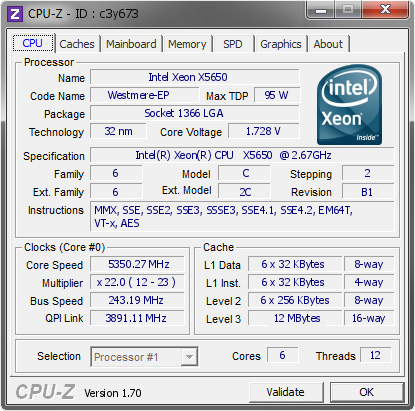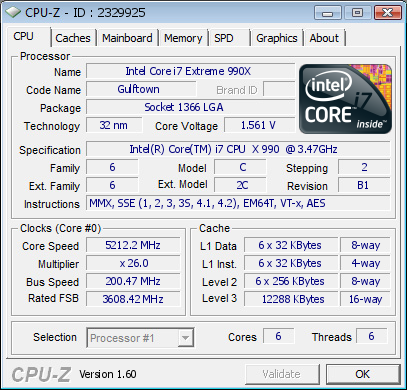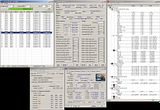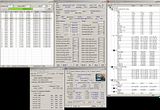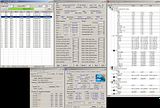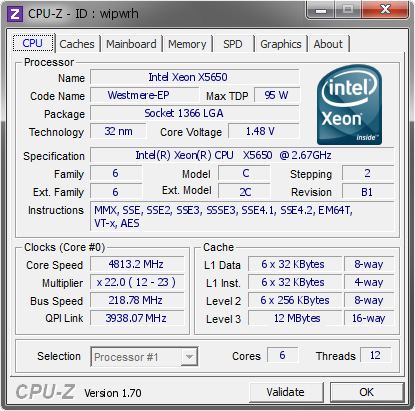Zoson
Supreme [H]ardness
- Joined
- Aug 4, 2001
- Messages
- 6,113
I thought that 1.45v max for 24/7 applied to the old 45nm CPU's. I would have assumed our max for 32 and 22nm is substantially lower. I understand temperature is a big player. But even under ideal conditions, I have to question 1.45v on these chips.
Intel didn't change the vCore limit much on Gulftown/Westmere, only the QPI/UCLK.
Intel Core i7 900 ee and desktop processor series datasheet:
http://www.intel.com/content/dam/ww...-desktop-processor-series-datasheet-vol-1.pdf
Chapter 2 Electrical Specifications
Section 2.10 "Absolute Maximum and Minimum Ratings"
See Table 2-6 for proof that Vtt should not exceed 1.35v as ABSOLUTE MAXIMUM voltage. Period, end of story.
Now, how we arrive at 1.45v max spec VID:
Section 2.11.1 "DC Voltage and Current Specification"
See Table 2-7 to see 'Max' vid is 1.375v
Section 2.11.2: "Vcc Overshoot Specification"
See Table 2-16 for overshoot tolerance of 50mv brings max vCore to 1.425v
And basically through testing the rest of the community found that 1.45v was fine as long as you had a high end air cooler. Easily verifiable if you google something like: gulftown vid max
This is actually the search I put into google to re-find this whitepaper.
I've also been running a 1.45v 4.66GHz overclock that's 100% stable for years now.
Now, lets return to the point of don't exceed 1.35v on QPI/UCLK (called Vtt by this document, also making it clear that ASUS is mislabeling this value).
If you look at Table 2-10, you can see that maximum Vtt is actually dictated by current VID. So by raising your VID, you're also increasing your Vtt tolerance. Interestingly enough, Intel does not recommend a maximum voltage on Vtt other than 'absolute max'. They just supply this table that shows max Vtt is based on current being drawn by the device, and VID. However, the absolute max is still the absolute max. This is why you can run up to 1.35v QPI/UCLK(Vtt) but *NOT EXCEED IT AT ALL*.
Last edited:
![[H]ard|Forum](/styles/hardforum/xenforo/logo_dark.png)






